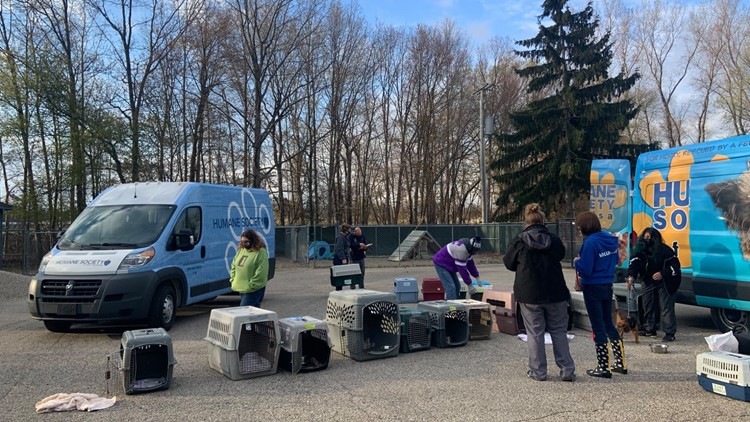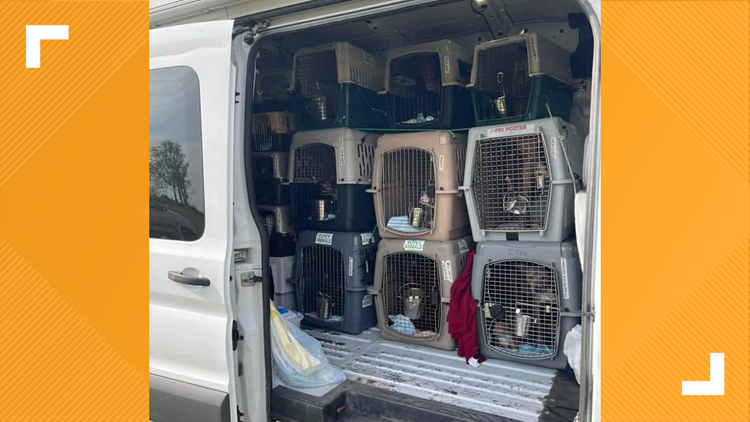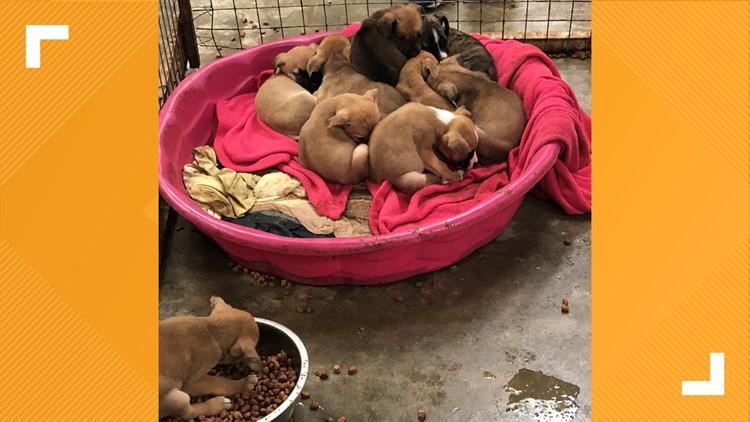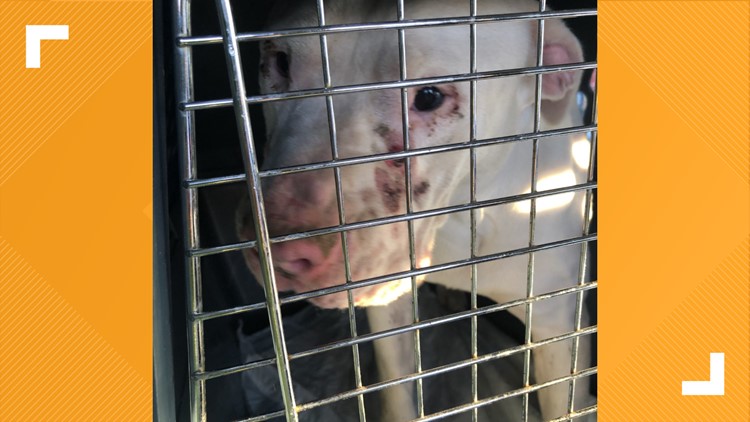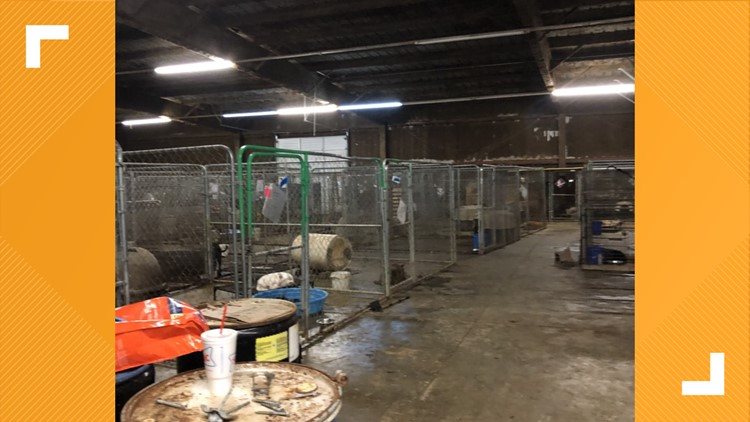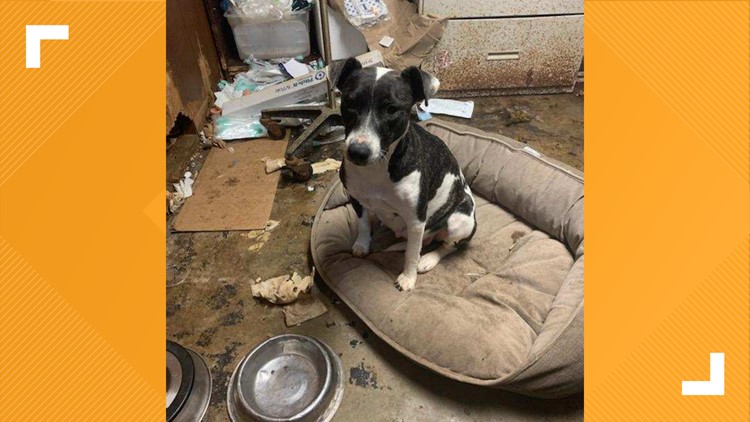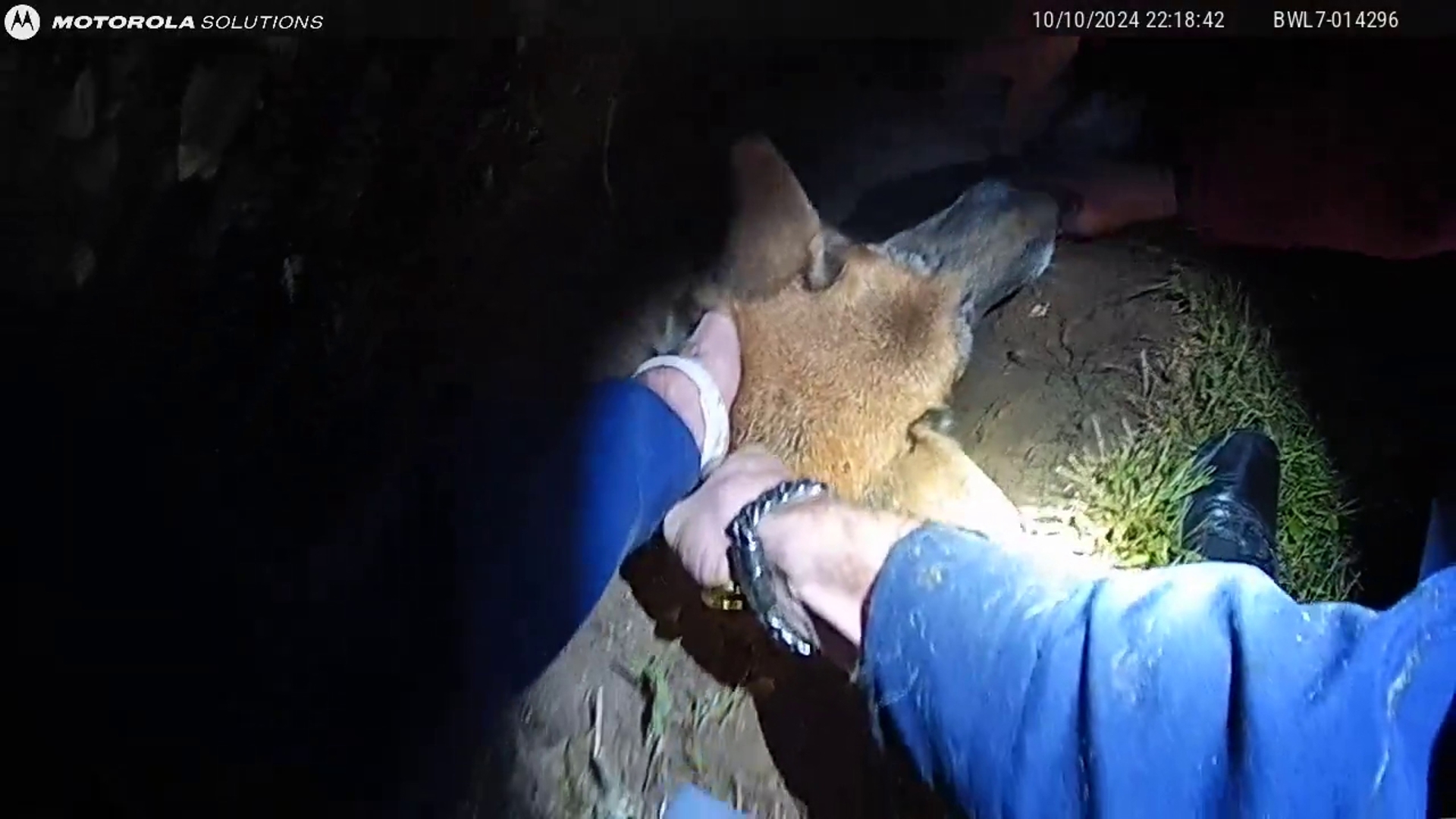GRAND RAPIDS, Mich. — From hounds to pitbulls, puppies to seniors, there are thousands of dogs all over the country waiting in shelters to find their forever homes. And while all of them are deserving of love, none of them have had an easy journey. In fact, many dogs within the American shelter system have literally traveled miles and hours in search of their forever families.
Here in Michigan, people are always eager to adopt, and shelters are always filled with hopeful prospects. But what a lot of people don’t know is that a large portion of those dogs come from overcrowded animal shelters in the south, where hundreds of dogs are taken care of by limited staff with even more limited resources. It’s animal relocation – the process of transferring animals out of overcrowded shelters – that saves thousands of lives each year.
How relocation works
In its simplest form, animal relocation is much like the economic theory of supply and demand. In the south, shelters have an over-reaching supply of dogs, but not enough people are interested in adopting. However, in many northern states such as Michigan, the opposite is true.
Jen Self-Aulgur, Harbor Humane Society executive director, said overpopulation in the south is largely due to a lack of resources, space and spay and neuter.
“When you have shelters – especially in some of the rural areas that we work with in the south, like in Louisiana and Arkansas, the closest vet clinic might be an hour away,” Self-Aulgur said. “And then to find a clinic that does maybe low cost spay and neuter could be two, three hours away, and so for people to try to make that appointment or get there can be (difficult) — it's just not something that works for them.”
Along with a lack of resources comes a lack of space. Self-Aulgur said some southern shelters take in up to 100 dogs a day. And with a limited number being adopted out, space issues come up quickly and can lead to euthanizations, simply because there isn’t enough room. This is where relocation comes in. Animal shelters across the country are partnered up in an intricate web that helps dogs move from one state to another.
Many shelters are partners through the Bissell Pet Foundation’s Partners for Pets program, which currently has over 250 Michigan rescue partners and thousands more across the country.
“We have some partners that we work with on a regular basis, and we know every month we're going to get a transfer from them,” Self-Aulgur said. “And so typically, they send us a list of candidates. From that list, we pick. And I can tell you, there's nothing harder than knowing you can only take 20 dogs out of a list of 40, and knowing that someone's going to get left behind is really heart wrenching. So we pick the best we can.
“We may meet partners halfway, or we might go all the way down. We've gone to Arkansas quite a few times and Louisiana as well. And so typically we kind of know what we're getting before they come.”
Part of the process also includes vet visits, vaccinations and check-ups, as the Michigan Department of Agriculture & Rural Development has a specific set of guidelines for bringing animals into the state. Those guidelines include making sure dogs have certain basic vaccinations, that they are tested for heartworms and that they are on heartworm preventatives.
Once those requirements are met and the dogs are taken to the new shelter, the process ends with lots of licks and tail wags as dogs find their forever homes.
“You go to look for a dog and you find an incredible dog that becomes part of your family,” said Cathy Bissell, founder and director of corporate affairs of the Bissell Pet Foundation. “And everything about his health has been paid for. They are neutered or spayed, they're up to date on all their vaccinations, and whatever health issues they have, the shelters are covering that.”
So far this year, the Harbor Humane Society has already taken in over 275 transfer dogs.
Dog relocation from southern shelters to the north
Why relocation is important
Many shelter dogs have had difficult journeys. Self-Aulgur said some they get have lived in a cage half their lives or have been tied up outside. Animal relocation gives those dogs hope, a home and also prevents them from getting euthanized due to space issues.
“What I feel about transfer dogs is that they don't have a safe haven and they don't have a safe place to go,” Self- Aulgur said. “They could be euthanized because of space. At one of our partners in Arkansas it's very common for dogs to get stolen from there for dog fighting, or for people to steal them for other nefarious reasons. And so we as an organization really believe that it's more about the dog and not their originating zip code."
“I care just as much about the dog in Arkansas as I do the dog here. Every dog, regardless of where it comes from, deserves that chance at a happy ending and also deserves that second chance to get into a home and actually experience that.”
Animal relocation saves thousands of lives, but it also helps the overcrowded southern shelters and allows northern shelters to meet the demand of the public by introducing a variety of breeds, temperaments and ages. Bissell said that in many cases southern dogs also help northern dogs get adopted.
“What happens is when you bring in purebred dogs, like they have in the south and in these overcrowded states, they help move the dogs that have been sitting at the shelter with no one looking at them,” Bissell said.
“So let's say, like Detroit has a lot of Pitbull, but not everybody's going to go for a Pitbull. And so people say, ‘That's not the kind of dog I want, I'm not going to visit that shelter.’ So they never even go there. When (the shelter) can bring in a, you know, a lab or a beagle or a hound dog, then all of a sudden they highlight that dog and bring people in to see that dog. And when they get there typically, and this happens a lot, the people who come to see the Beagle or the Labrador, actually take home the Pitbull.
“This is why transport is important. Moving animals is what really saves all of their lives, not just the ones at the shelters where they're overcrowded. It helps save the ones in the north as well.”
How to help
Both Bissell and Self-Aulgur said there are many ways to help shelters and their dogs. Locally, shelters are always in need of donations, whether it be supplies, food or monetary. Volunteers are also always needed for socialization, walks and tasks like cleaning and laundry.
Nationally, Self-Aulgur said the best way to help southern shelters is to spread awareness.
“We really encourage people to follow these other shelters that we partner with as well because their story is important, and it needs to be heard,” she said. “(Some shelters) literally have nothing and they're sometimes working with 200 dogs and a staff of four.”
Along with donations and volunteering, the best way to help shelters and shelter dogs is of course to adopt.
“With adopting, we always like to say that you save two lives,” Self- Aulgur said. “When you adopt you save the life of the animal you've adopted, and then you've opened up the cage for another animal that needs that help. So, it's kind of always a win-win when people adopt because you get that good feeling of saving two lives.”
Related video:
►Make it easy to keep up to date with more stories like this. Download the 13 ON YOUR SIDE app now.
Have a news tip? Email news@13onyourside.com, visit our Facebook page or Twitter. Subscribe to our YouTube channel.


